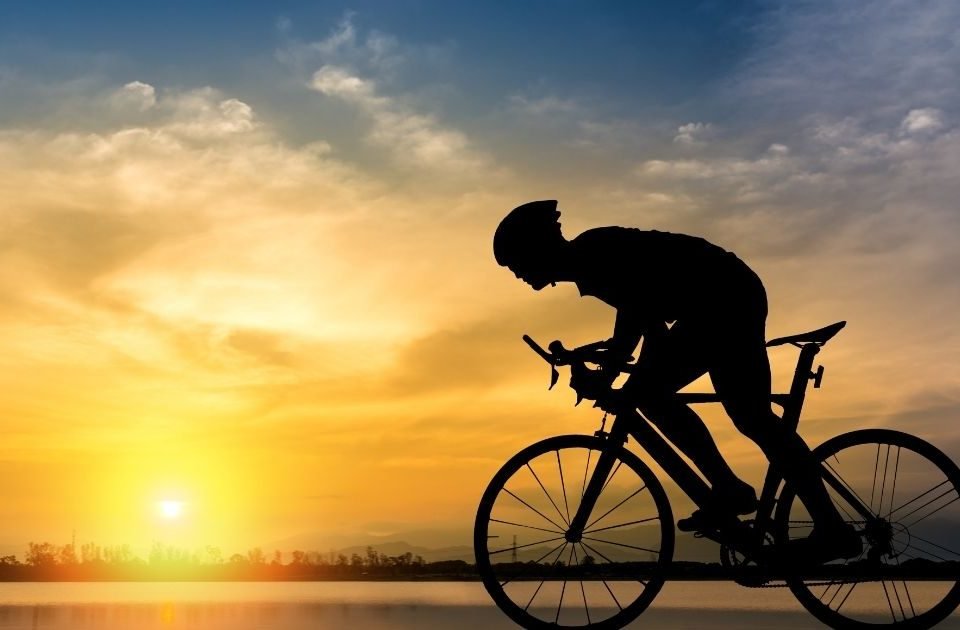Immediate energy during competition or training
During a race or training it is essential to maintain a high and constant level of energy. Especially in endurance sports, taking maltodrestine at the right time can delay fatigue and ensure a constant energy supply. In this article we will talk about maltodextrins, when to take them, how and why.
Carbohydrates are the body’s main source of energy and, especially during physical activity, a lack of them causes a decline in performance. To overcome the digestion time of foods containing carbohydrates, and ensure an optimal energy reserve, during training it is better to opt for a maltodextrin-based supplement.
What are maltodextrins
Maltodextrins are mixtures of carbohydrates obtained from the hydrolysis process of starches. Rice, corn, potato starch and wheat are treated with acids and enzymes through industrial processes in order to modify their chemical bonds, obtaining chains of variable lengths of glucose molecules. The result is a white powder, soluble in water and with a neutral flavour.
Compared to carbohydrates contained in foods, maltodextrins have several important characteristics for athletes:
- they are soluble and almost tasteless, therefore, they can easily be added to the water in the bottle;
- keep blood sugar stable;
- they are easily digestible and therefore rapidly assimilated;
- they have a low osmolarity and therefore are not a burden on the stomach of athletes;
- they are a pure energy source, they do not provide other nutrients and do not weigh you down.
The classification of maltodextrins
Maltodextrins are classified based on Dextrose Equivalence (DE) which, based on the length of the glucose chain, identifies their absorption speed. The DE scale can go from a minimum of 4-6 to a maximum of 36-39: the higher this value, the shorter the polysaccharide chains and the faster the absorption.
Being refined carbohydrates and devoid of all the elements capable of lowering the glycemic index, even in the case of low dextrose equivalence, the glycemic index of maltodostrins will still be high.
A good product contains medium DE maltodextrins. The best supplements, however, use maltodextrins with chains of different lengths to improve digestibility and allow a sequential release of glucose, diversifying assimilation times.
Maltodextrins when to take them
Maltodextrin supplements are very useful for long-term sports or, in any case, when physical activity exceeds an hour and a half. There are different types with various formulations, it is best to always follow the dosage instructions given on the various products. The guidelines recommend taking 60-100 grams of maltodextrin per liter of water.
Energy supplementation can be carried out before and during a race or training, but even after intense effort our body needs sugars to restore the deposits lost during physical activity.
Being able to increase resistance to continuous effort, delaying fatigue, it is best to take maltodextrins every 15-20 minutes with regular intakes of 150-200 ml of water or with isotonic gels. Taken before training, they help to saturate glycogen stores in the muscles, while taken after, they help rebalance energy stores.
In some athletes they can cause nausea, liver or gastrointestinal problems, so it is a good idea to test them during training to decide the doses of maltodextrins, when to take them and how.
Sprintade: integration always with you
Created to make food technologies available to everyone that were previously only available to professionals, the Sprintade products allow to assimilate active nutrients in every context, including extreme endurance sports such as marathons, triathlons and ironmans.
All products are designed to be easy to transport and use for every athlete, even for those who, under stress, are particularly sensitive to the gastric level. ISOTONIC GEL it is an energy preparation based on maltodextrins with chains of different lengths which guarantees excellent assimilation and does not force the athlete to drink a lot of water.
 13/01/24
13/01/24 3
3




